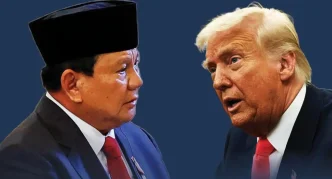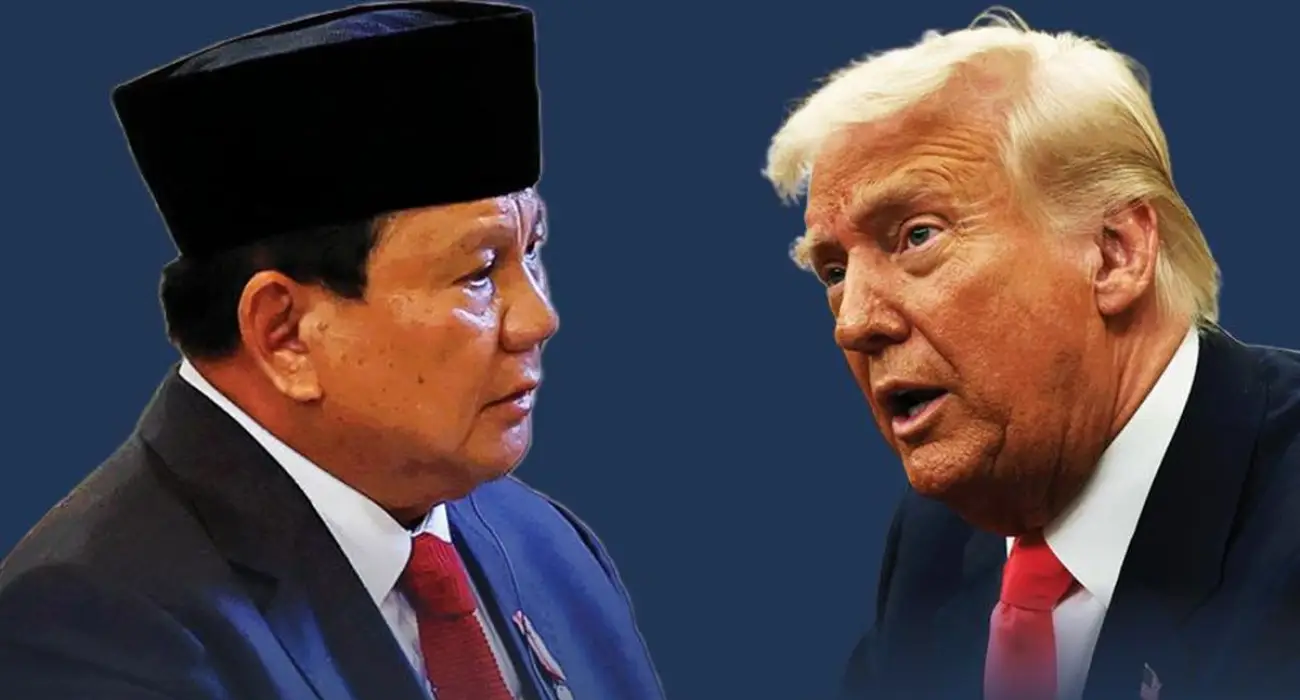President Prabowo Subianto is turning the shadow of US President Donald Trump’s 32% tariffs on Indonesian exports, announced on 2 April 2025, into a bold bid for economic reinvention. With a 90-day window before tariffs may hit in July 2025, Indonesia is chasing new trade horizons through ASEAN and BRICS, luring Russian investment, eyeing CPTPP and OECD membership, and reforming to attract Chinese capital. But as Jakarta economist Rudi Setiawan warns, “These deals must deliver jobs, not just headlines,” with geopolitical tensions and domestic unrest threatening to derail this high-stakes gamble. The US, Indonesia’s third-largest export market at $26.3 billion, drives demand for electronics ($4.8 billion), footwear ($2.6 billion), and apparel. Finance Minister Sri Mulyani Indrawati projects the tariffs could shave 0.3–0.5 points off 2025 GDP growth from 5.2%, with Q1 2025 growth already at 4.9%. A rupiah near 1998 lows and 18,000 textile layoffs this year signal deepening unemployment, with 28 million Indonesians—10% of 280 million—below the poverty line.
Trade Horizons: ASEAN and Beyond
Indonesia is countering tariff risks by tapping the $3.6 trillion ASEAN market. A recent Singapore agreement on green energy and digital trade, building on a deeper strategic partnership, funnels investment into tech and renewables, leveraging Singapore’s financial hub to create jobs. “It’s a lifeline for our tech sector,” says Ani Susanti, a Jakarta startup founder. Talks with Malaysia’s Prime Minister Anwar Ibrahim on 6 April 2025 strengthen ASEAN’s collective tariff response, while the Regional Comprehensive Economic Partnership (RCEP) and a 2024 Canada-Indonesia deal, eliminating 90% of tariffs on textiles and seafood, open new export paths. These moves aim to bridge Indonesia’s urban-rural divide, where poverty grips millions outside Jakarta. BRICS membership, effective January 2025, bolsters trade with China, absorbing 25% of exports, and India, offering a buffer against US losses.
Russia’s Risky Investment Play
Russia’s interest, however, steals the spotlight. Facing Western sanctions, Moscow sees Indonesia’s nickel, palm oil, and strategic location as investment gold. Prabowo’s planned July 2025 Russia visit will explore LNG, oil, and defense deals, reviving Cold War-era arms ties like Sukhoi jet sales and recent palm oil trade. Russian capital could fund critical infrastructure, easing tariff pain, but draws scrutiny from CPTPP and OECD partners, with Australia and Canada wary of Moscow’s global stance. “We can’t afford to pick sides,” says Setiawan, reflecting Indonesia’s non-aligned policy balancing BRICS gains with Western ties. CPTPP and OECD bids signal global ambition, with CPTPP promising access to Japan and Canada, though its liberalisation demands clash with Indonesia’s protectionist roots. China’s competing CPTPP bid complicates matters, while OECD’s governance reforms challenge local content rules. Yet, these bids lure FDI from CPTPP nations, if bureaucracy doesn’t stall progress.
Reforms and Reckoning at Home
Indonesia also eyes Chinese investment shifting from tariff-hit Vietnam or Thailand, targeting manufacturing and tech. Easing local content rules from 40% to 25% and streamlining regulations make Indonesia a US supply chain contender, building on past Chinese FDI in nickel and electronics during US-China trade wars. But infrastructure gaps and commodity reliance hinder competitiveness. Prabowo’s reforms, including easing import quotas and redirecting $40 billion from the Danantara fund, ignite backlash. Scrapping free school meals has sparked urban protests, dubbed “Dark Indonesia,” with coalition tensions, notably with PDI-P, threatening stability. “We were promised growth, not cuts,” says Dedi, a Jakarta street vendor. Geopolitically, Russia and China ties risk alienating Western partners, while sidelining ASEAN’s Myanmar talks for BRICS and OECD priorities strains regional unity. Structural hurdles—bureaucracy, infrastructure, and commodity dependence—loom large. Prabowo’s vision of a regional powerhouse rests on turning these opportunities into growth for 280 million citizens, a gamble as bold as it is fraught.















